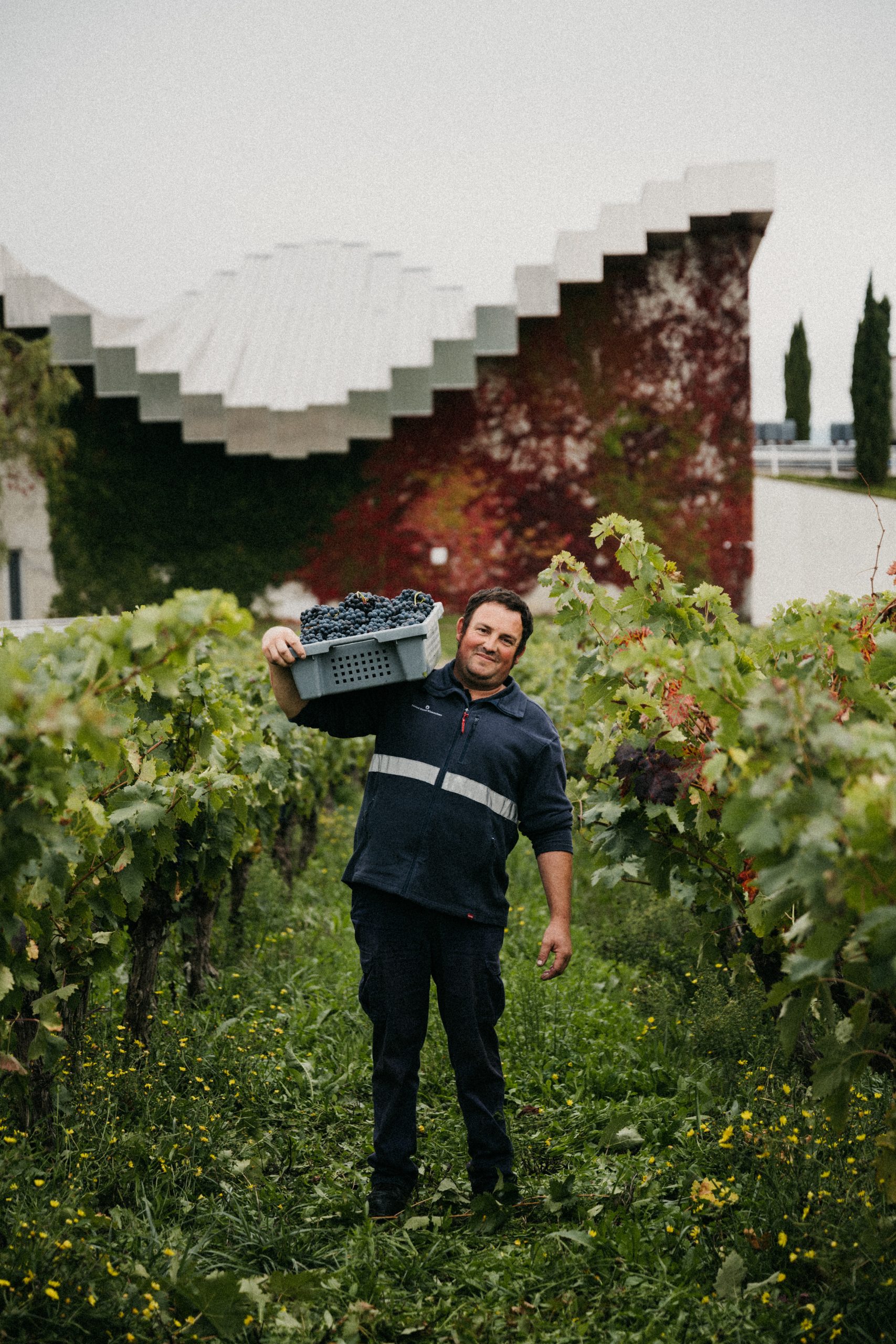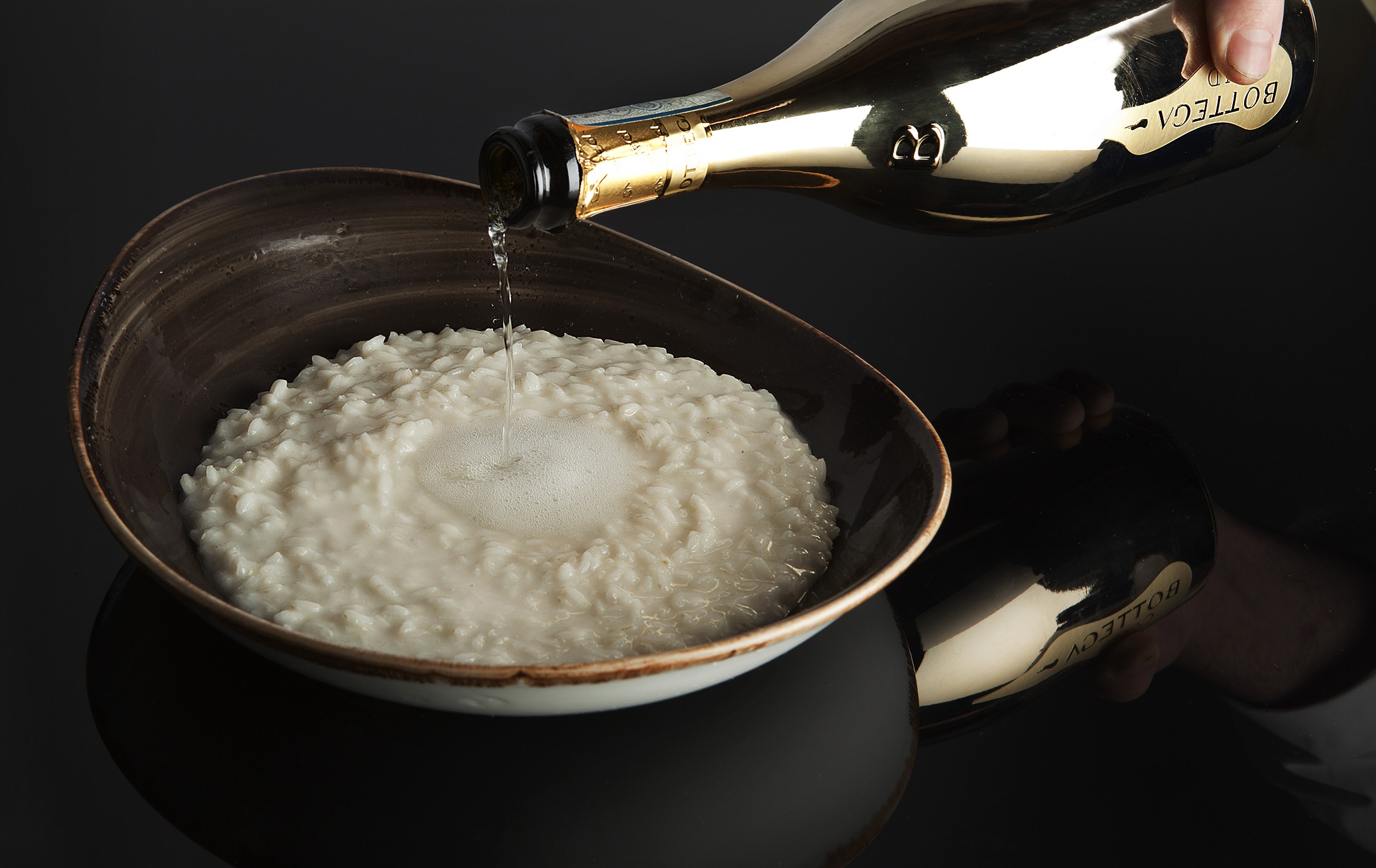Trends in Chile: 9. Malbec revival
Although Malbec is closely associated with neighbouring Argentina, the grape is taking on increasing importance in Chile as producers isolate old vine material for top end wines.
Colchagua’s Viu Manent is widely regarded as the pioneer in the production of high-quality varietal Malbec from Chile, but explorative winemakers today are now buying fruit from ancient vines in the south of the country to make high-priced examples.
One example is the plan to launch a varietal Malbec from 100 year-old vines by Clos des Fous, a wine label from Chilean terroir consultant Pedro Parra and winemaker François Massoc.
The vines are located in Chile’s Itata Secano region, and the Malbec from them is currently being used in a blend called Cauquenina, which also contains Carignan, Syrah, País and Carmenère.
But Parra tells the drinks business he wants to sue the grapes for something more specialist. “We have a Malbec from very old vines, with a plantation from 1914, so this year the vines are a century, and at the end of this year we will launch an icon wine from these vines,” he says.
The wine will be from the 2012 vintage and Parra assures db that the new “icon” will be expensive, partly because the yields are so low – just 600 grams per vine – but also because he is paying a high price for the grapes.
“A very poor woman owns the property, which is just four hectares, and she used to sell the grapes to a coop, and it used them to make a very simple and rustic wine. But for us, the grapes make our best liquid, so we are paying a lot of money to the woman for the grapes.”
In terms of style, he says that the wine will be more like a Malbec from Cahors, the grape’s historic source region in southwest France.
Morandé is another producer exploring the possibilities for old-vine Malbec, and for more than a decade has made a varietal wine from the grape using fruit from Maipo vineyards planted in 1935.
The producer’s winemaker, Ricardo Beattig, points out, “We have had Malbec in Chile for more than 100 years, but nobody was doing anything with it, but you will start tasting more amazing Malbecs from Chile in the next few years.”
Viña Carmen winemaker Sebastián Labbé also identifies the potential for Chilean Malbec, particularly from Maule sub-region Cauquenes as well as Itata. “In Cauquenes you find lots of old vine País, then Carignan, then Carmenère and then Malbec, while there is also some very old vine Malbec in Itata, but you tend to find it as a field blend.”
Like Pedro Parra, Labbé has isolated old vine Malbec for a new wine, which he will launch later this year.
“We were looking for Carignan from Cauquenes but found 65 year-old bush vine Malbec and so we have got a long-term contract with the grower and will be launching a 100% Malbec,” he tells db.
Continuing, he says that he is making 1,500 cases from the 2013 vintage under the Carmen Gran Reserva range, which is priced around £13.
Partner Content
Meanwhile, Altamana was established in 2012 to resurrect century-old Malbec vines planted in Maule. Notably, the new wine brand comes from Patrick d’Aulan and Didier Debono who started Alta Vista Winery in Argentina.
Elsewhere, along with Viu Manent, one of Chile’s first wineries to produce varietal Malbec was Caliterra, which was established in 1996 in Colchagua as a joint venture between Robert Mondavi and Eduardo Chadwick of Viña Errazuriz – although the latter partner is now the sole owner.
Caliterra’s chief winemaker Rodrigo Zamorano says he is “convinced by the quality” of Chilean Malbec, and particularly Colchagua’s suitability for the grape.
Indeed, he admits that he is currently grafting Merlot planted on Caliterra’s estate over to Malbec, adding that the producer’s “Tributo” Single Vineyard Malbec “is a door to show to the world how good Malbec can be from Caliterra.”
He also says that the estate’s location, Colchagua’s El Huique, may in the future “become known for Malbec”.
In terms of style, he believes Chile’s Malbec is “between Cahors and Argentina”. He explains, “Chile has more acidity and nerve than Argentine Malbec, but it is more floral than French Malbec.”
One problem were past winemaking practices in Chile according to Zamorano. “The Malbec used to be picked too ripe and too worked, with extractive vinification techniques and too much wood.”
But aside from more a sensitive approach to Malbec revealing the quality, he also notes the grape’s potential in blends. “I love Malbec and Carmenère together: the Carmenère gives the black fruit and spice, and the Malbec the red fruit and floral character.” Consequently, Caliterra introduced a Malbec-Carmenère blend called Edicion Limitada “A” from the 2010 vintage onwards.
As for the very old vine Malbec planted in the south of Chile, particularly in Maule, Baettig says that supplies are small.
“There is very little of the old vine Malbec left, because in Maule they ripped it out and replaced it with forestry to make paper – now the coast of Maule is planted with pines and eucalyptus.”
Thankfully producers are embracing the quality potential of remaining old-vine Malbec before these vines are also replaced by more lucrative crops – so watch out Mendoza.
Click here to read Chile wine trend 10: Quirkiness takes root




